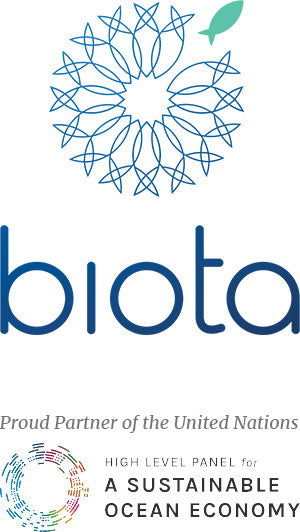Cultured Coral
Cultured Clams & Invertebrates
Dry Goods - Feeds, Aquariums, and Maintenance
Merch
Menu title
This section doesn’t currently include any content. Add content to this section using the sidebar.
Your headline
Image caption appears here
$49.00
Add your deal, information or promotional text
Menu title
This section doesn’t currently include any content. Add content to this section using the sidebar.
Your headline
Image caption appears here
$49.00
Add your deal, information or promotional text
Menu title
This section doesn’t currently include any content. Add content to this section using the sidebar.
Your headline
Image caption appears here
$49.00
Add your deal, information or promotional text


$ave when you order a small Derasa clam and Easy Reefs Easy Booster Bundle
Is it necessary to feed Tridacna clams or myxotrophic organisms with plankton?
Autotrophy is the major source of carbon for giant clam species, potentially capable of satisfying all respiratory requirements of the host. However, the potential importance of heterotrophy to total energy needs of the host is also significant and changes with the size of the clam.
The spectacular rates of growth in Tridacna clams are such that filter feeding is able to provide 65% of the total carbon needed both for respiration and growth in small clams.
With Easybooster you will increase the growth and health of Tridacnas and other filter feeders. Also remember that it does not require refrigeration, and you can program the daily feeding with your dosing pump. Make it easy with Easyreefs.
Derasa Clam:
Tridacna derasa - The Derasa clam is one of the easiest giant clam species to care for. In the wild they reside along the sand beds adjacent to reefs. These clams require adequate lighting and nutrients in the aquarium to grow and thrive. They grow quickly and can even reach sizes of 2 feet! They are a great reef safe sessile invertebrate that is sure to be the center piece in many aquariums. Feeding on Easy reefs Easy Booster
small approx. 6 - 8 cm
Easy Booster 25:
Liquid phytoplankton in a 250 ml format. Recommended for use in aquariums up to 500 gross litres.
Easybooster composition: Isochrysis T-ISO (33%) / Nannochloropsis (31%) / Tetraselmis (18%) / Phaeodactylum (18%) The special characteristics of each one of the microalgae in this formula provide an optimum nutritional profile for aquarium animals.
Dosage: Dosage varies slightly depending on the aquarium’s biological load. Generally, it is established between 8 ml/day (basic or maintenance dose) and 16 ml/day (average-high demand) for an aquarium with a gross volume of 1,000 litres.
Instructions for use: The Easybooster dose should be distributed throughout the day. It is not necessary to turn off the skimmer. Easybooster should be used in increasing weekly doses as per the following protocol: For an aquarium with 1,000 gross litres 1st week: 2ml / day 2nd week: 4 ml / day 3rd week: 6 ml / day 4th week: 8 ml / day (basic or maintenance dose). After the 4th week, you can increase the dose by 2 ml weekly until reaching high levels of zooplankton production to serve as feed for fish, invertebrates and corals. For correct dispersion, Easybooster must be introduced in the aquarium in the area around the pump that produces intense water circulation. A dosing pump can be used to add Easybooster 25 automatically to the aquarium.
